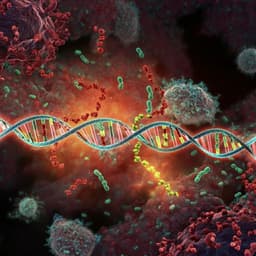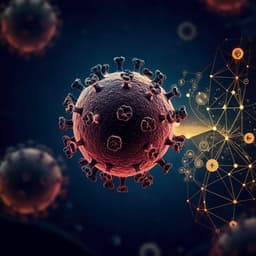
Medicine and Health
RNA G-quadruplex in TMPRSS2 reduces SARS-CoV-2 infection
G. Liu, W. Du, et al.
This groundbreaking study dives into the intriguing role of RNA G-quadruplex (RG4) in SARS-CoV-2 infection, revealing how a specific RG4 within TMPRSS2 can inhibit its translation and block viral entry. Conducted by Geng Liu and colleagues, the research offers promising insights for COVID-19 prevention and treatment strategies.
Playback language: English
Related Publications
Explore these studies to deepen your understanding of the subject.







